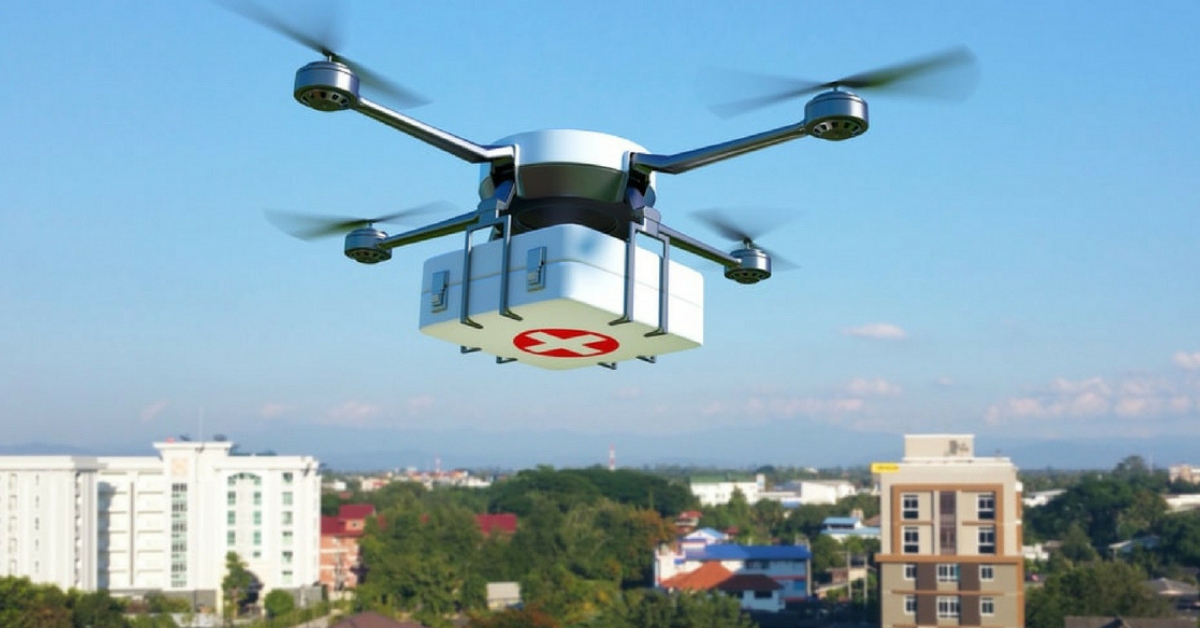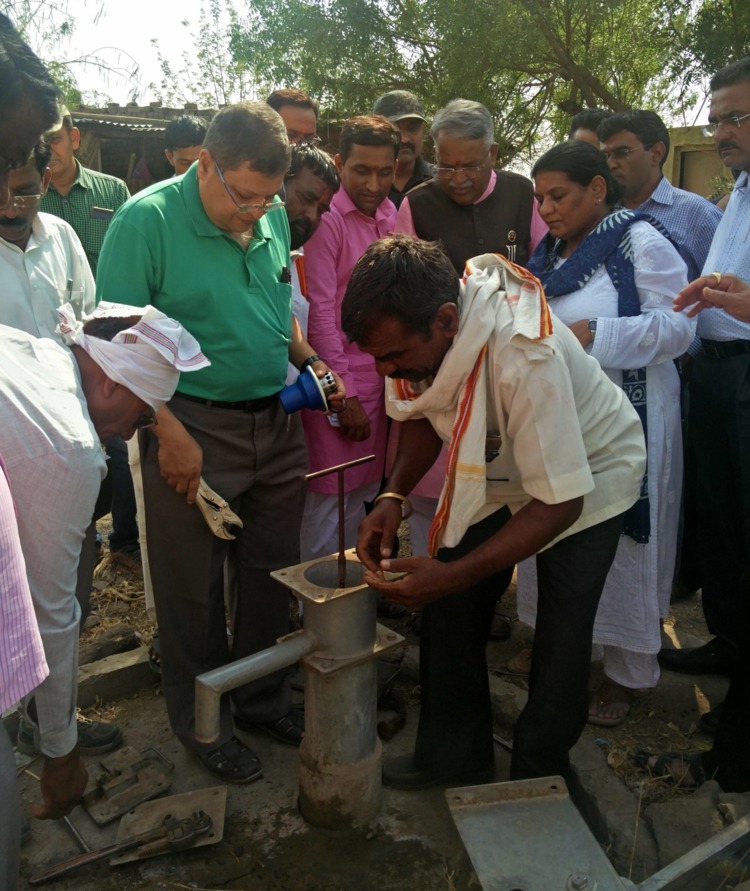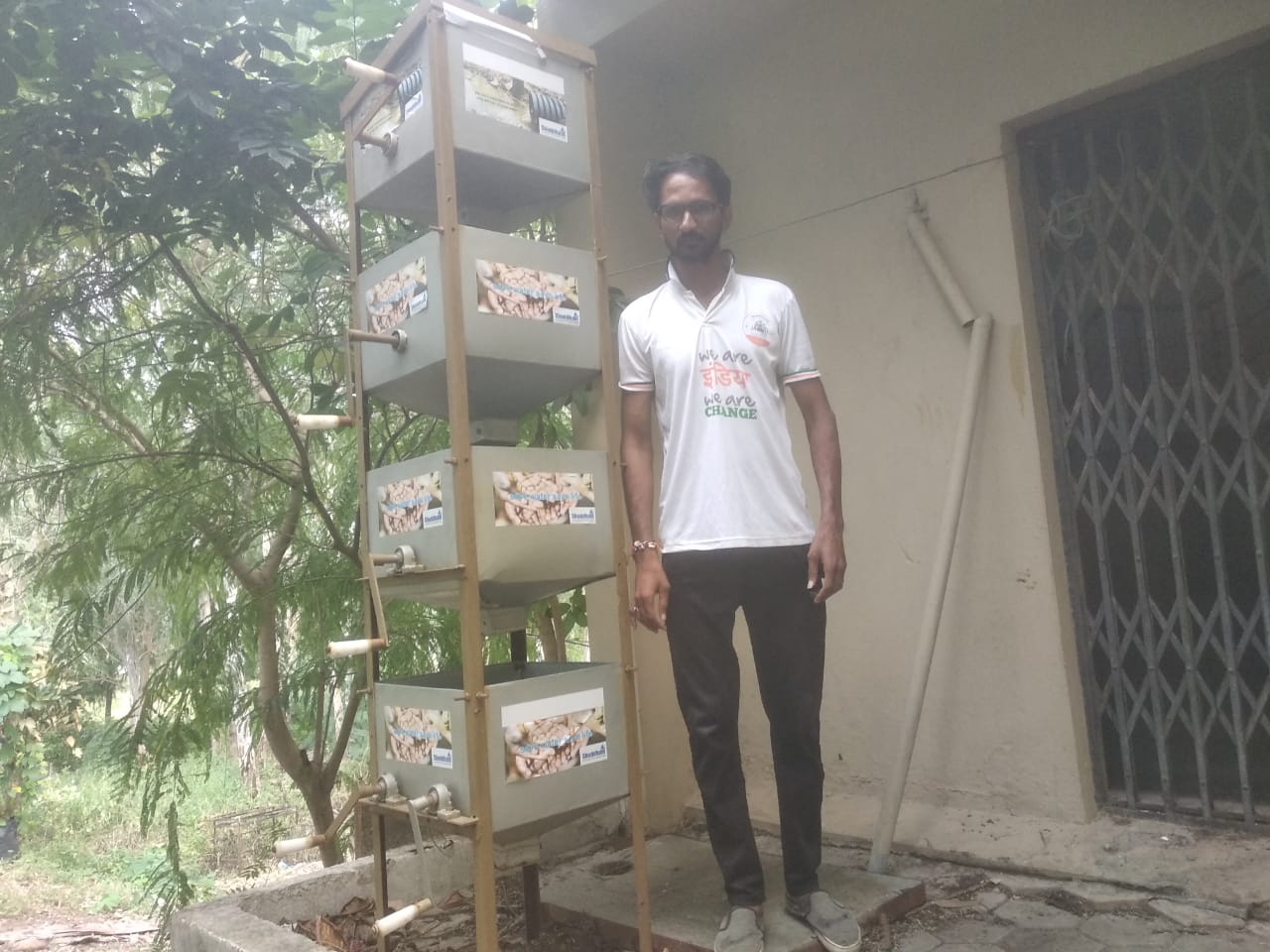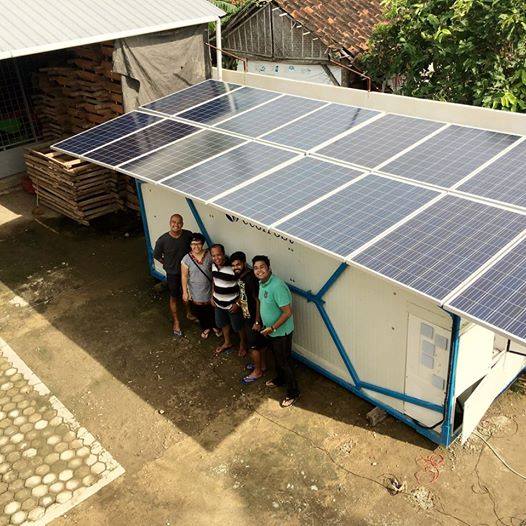Gamechangers For Villages: 5 Frugal Innovations That Could Transform Rural India!
From solar-powered freezers for farmers to zero-electricity water purifiers, these inventions have the potential to dramatically impact the way people live in villages. #Innovation #RuralIndia #ImpactThatMatters

It is 2019, but residents of rural India still lack access to some of life’s basic necessities—clean drinking water, groundwater for crops, healthcare, education and electricity—to name a few.
Fortunately, in the last few years, several useful inventions have changed the lives of people in rural India, proving that ordinary people are indeed capable of providing solutions to some of the most prevalent issues of both rural and urban India.
Here’s a list of five such products.
1) Taraltec: Purifying contaminated groundwater
The NITI Aayog report states that 70% of India’s water supply is “contaminated.” Nearly 40% of India’s water supply comes from groundwater resources, that are being depleted at “unsustainable rates,” the report goes onto add.
Aquifers are affected by biological contaminants like microbes and pathogens that can result in dangerous waterborne diseases like diarrhoea, cholera and typhoid.
Anjan Mukherjee, a former marine chief engineer, has developed the Taraltec Disinfection Reactor, a ‘fit and forget’ device, which converts contaminated water from borewell handpumps at the source to clean water, by killing 99% of the microbes present in it.

“The device converts the kinetic energy of the fluid into millions of targeted micro-bubbles each acting as localised reactors. This generates extreme heat, pressure and turbulence that release intense energy packets during the collapse of bubbles. The resultant shockwave, marked by a bang sound, lacerates and kills the microbes. The water, which is 99% safer than it was earlier, then emerges from the borewell or pump into the hands of those drawing it,” says Mukherjee, speaking to The Better India.
2) Shuddham: A low-cost, zero electricity water purifier

Born to marginal farmers, Jitendra comes from a remote village in Madhya Pradesh. A mechanical engineer by trade, he built Shuddham, a low-cost water filter can filter 90,000 litres of water in six months and uses no electricity. Per day, it has the capacity of repurposing 500 litres of dirty water for everything except drinking and cooking.
Using zero electricity, ‘Shuddham’ works on the principle of gravity, where it repurposes water used in washrooms, by making it undergo a series of filtration procedures and then releases the recycled water from the machine’s lowermost segment.
“The water is cleaned within a span of a few minutes through granular sieving which is later followed by active carbon ultrafiltration. The machine is also equipped with an anti-choke mechanism. This ensures that there are no blockages in the flow of the water and that dirty granules do not mix with the clean, purified water,” he told The Better India.
3) Ecozen: Keeps farm produce fresh for longer
India suffers a post-harvest loss of roughly Rs 2 lakh crore every year due to the lack of storage facilities and food processing units, according to the Associated Chambers of Commerce.
Fortunately, three ex-students of IIT-Kharagpur have come up with a product through which farmers can now increase the shelf life of their produce and operate in a wider market.
Through their startup Ecozen, Devendra Gupta, Prateek Singhal, and Vivek Pandey developed Ecofrost, a solar-powered cold storage unit.

This can be used to preserve produce that tends to spoil quickly, such as spinach, tomatoes, or capsicum, and be stored for up to 21 days.
Farmers can control the temperature from their phone by selecting the produce that they want to store. The storage unit then automatically regulates the optimum temperature. On days when there is no sun, the facility is equipped with chemical batteries that maintain temperatures up to 30 hours, reports The Better India.
“The focus is not only on increasing the shelf life, but also to maintain the original quality of the produce. Some commodities, like broccoli, don’t last long which we can only extend to three days. However, even adding these two extra days allows producers to reach out to markets that are within the 900-kilometre radius, compared to the limited 300-kilometre radius they had before”, says Devendra Gupta, speaking to The Better India.
Also Read: These 10 Transformative Inventions From 2016 Can Impact the Lives of Millions in India
4) Drone Ambulances
The average response time of an ambulance in India is 9.33 minutes, and this can extend further in cities as a consequence of traffic jams, while in rural areas the condition of roads can be quite bad.
Two sets of students have developed a solution which could drastically reduce this average time.
Goutham Sharma and Jervis Anthony Saldanha, former students of the MV Jayaraman College of Engineering (MVJCE) in Bengaluru, and students of St Peters Institute Of Higher Education and Research, in Avadi, Chennai, have developed drone ambulances.
Equipped with emergency medical equipment, and the ability to manoeuvre in tight spaces with vertical take-off and landing, the drone-ambulance will make medical emergencies easy to attend to.
As per press reports, this UAV will carry automated external defibrillators, in addition to automated blood pressure apparatus and other emergency medical equipment.
“The drone has a built-in GPS. I can carry a first-aid box weighing 8 kg and fly at a speed of up to 70 kmph. The prototype can be remotely controlled for up to 3 km, and the team is working on a model capable of being controlled for a longer distance,” adds M Yuvaraj, the project guide for the St Peters Institute team.
5) Jugnu: A solar backpack

Last May, Charu Monga, a researcher at the Department of Design, Indian Institute of Technology, Guwahati, announced the development of Jugnu solar bags, that have solar panels integrated into them.
During the day, the bag stores enough power for even an LED light. For students living in unelectrified parts of India, particularly in the mountains where they have to travel long distances and come back home to an irregular power supply, this is a god-sent initiative.
“This bag is devoted to all the children, respected Indian soldiers, local women & men, [and] travellers who climb the mountains region and all the common people who live in hilly terrain,” she said on social media.
Know more about the ATL Tinkering Innovation Marathon here.

(Edited by Gayatri Mishra)
Like this story? Or have something to share? Write to us: [email protected], or connect with us on Facebook and Twitter.
If you found our stories insightful, informative, or even just enjoyable, we invite you to consider making a voluntary payment to support the work we do at The Better India. Your contribution helps us continue producing quality content that educates, inspires, and drives positive change.
Choose one of the payment options below for your contribution-
By paying for the stories you value, you directly contribute to sustaining our efforts focused on making a difference in the world. Together, let’s ensure that impactful stories continue to be told and shared, enriching lives and communities alike.
Thank you for your support. Here are some frequently asked questions you might find helpful to know why you are contributing?


This story made me
-
97
-
121
-
89
-
167











